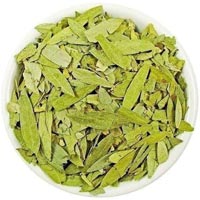Cao H, Li X, Liu J.
PLoS One. 2012;7(2):e31793. doi; 10.137/journal.pone.0031793. Epub 2012 Feb 28. Rewiew.
Author information
1Centre for Complementary Medicine Research, University of Western Sydney, Penrith,
Australia.
Abstract
BACKGROUND:
Since 1950, traditional Chinese medicine (TCM) cupping therapy has been applied as a formal modality in hospitals throughout China and elsewhere in the world. Based on a previous systematic literature review of clinical studies on cupping therapy, this study presents a thorough review of randomized controlled trials (RCTs) to evaluate the therapeutic effect of cupping therapy.
METHOD:
Six databases were searched for articles published through 2010. RCTs on cupping therapy for various diseases were included. Studies on cupping therapy combined with other TCM treatments versus non-TCM therapies were excluded.
RESULTS:
135 RCTs published from 1992 through 2010 were identified. The studies were generally of low methodological quality. Diseases for which cupping therapy was commonly applied were herpes zoster, facial paralysis (Bell palsy), cough and dyspnea, acne, lumbar disc herniation, and cervical spondylosis. Wet cupping was used in most trials, followed by retained cupping, moving cupping, and flash cupping. Meta-analysis showed cupping therapy combined with other TCM treatments was significantly superior to other treatments alone in increasing the number of cured patients with herpes zoster, facial paralysis, acne, and cervical spondylosis. No serious adverse effects were reported in the trials.
CONCLUSIONS:
Numerous RCTs on cupping therapy have been conducted and published during the past decades. This review showed that cupping has potential effect in the treatment of herpes zoster and other specific conditions. However, further rigorously designed trials on its use for other conditions are warranted.


